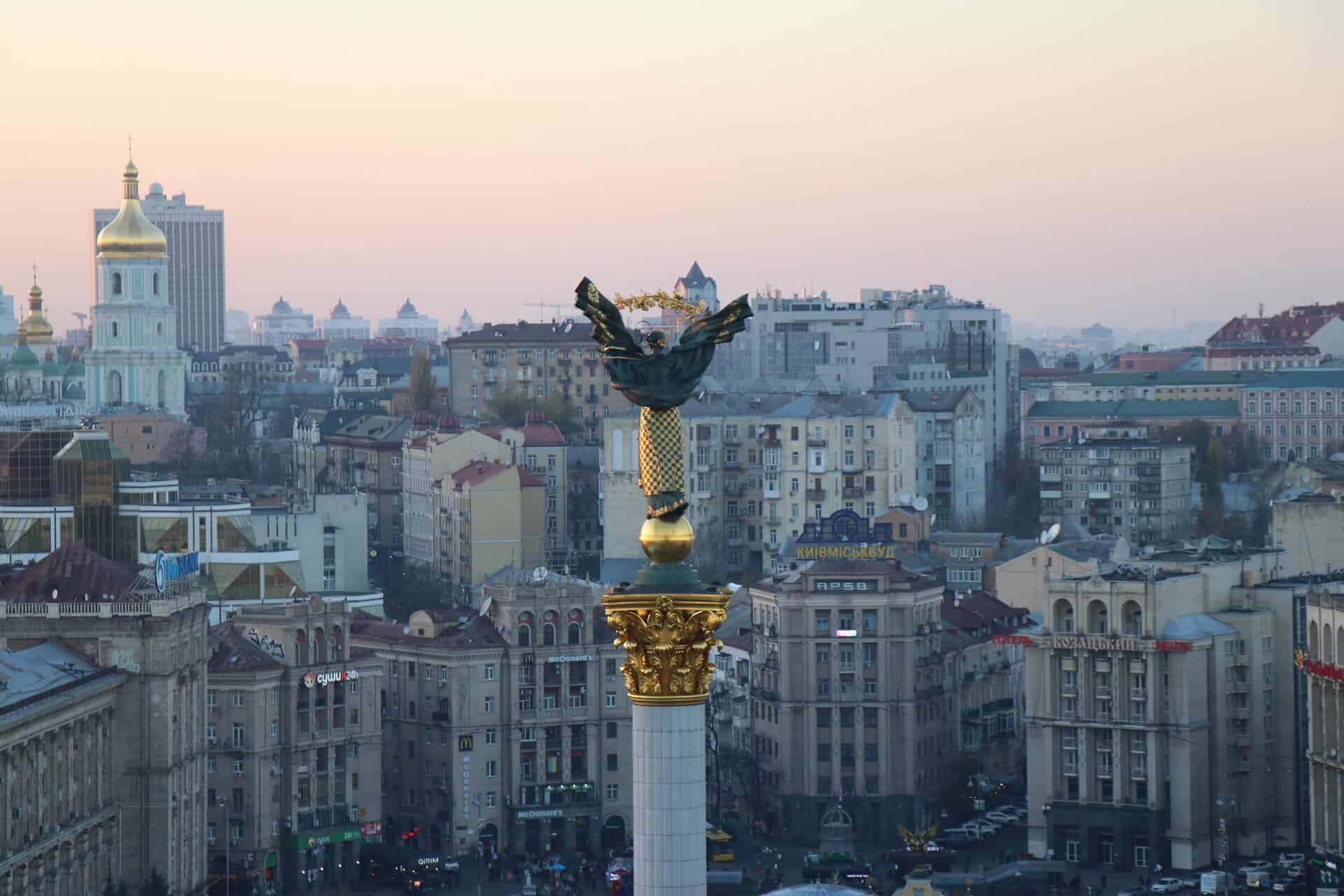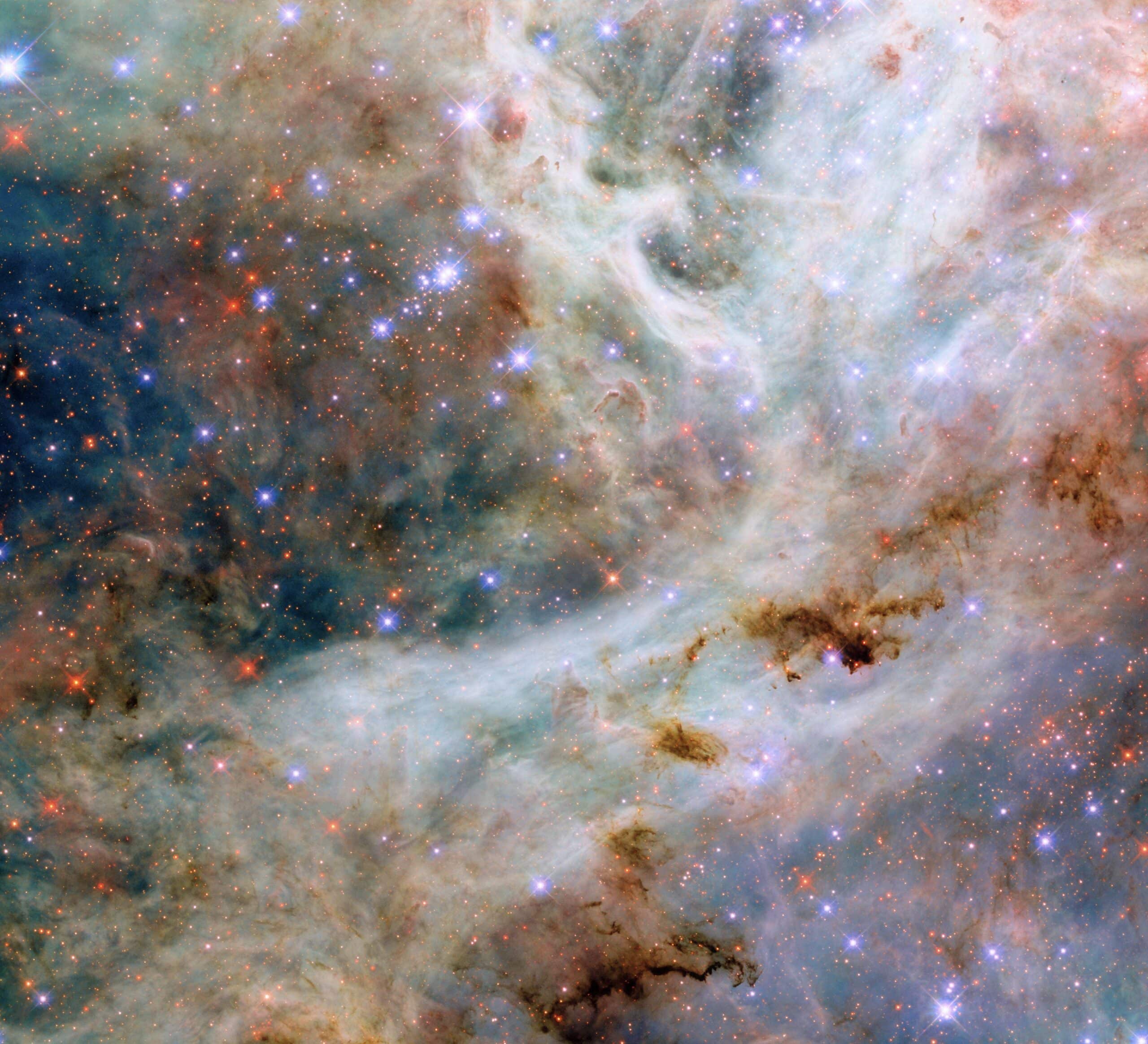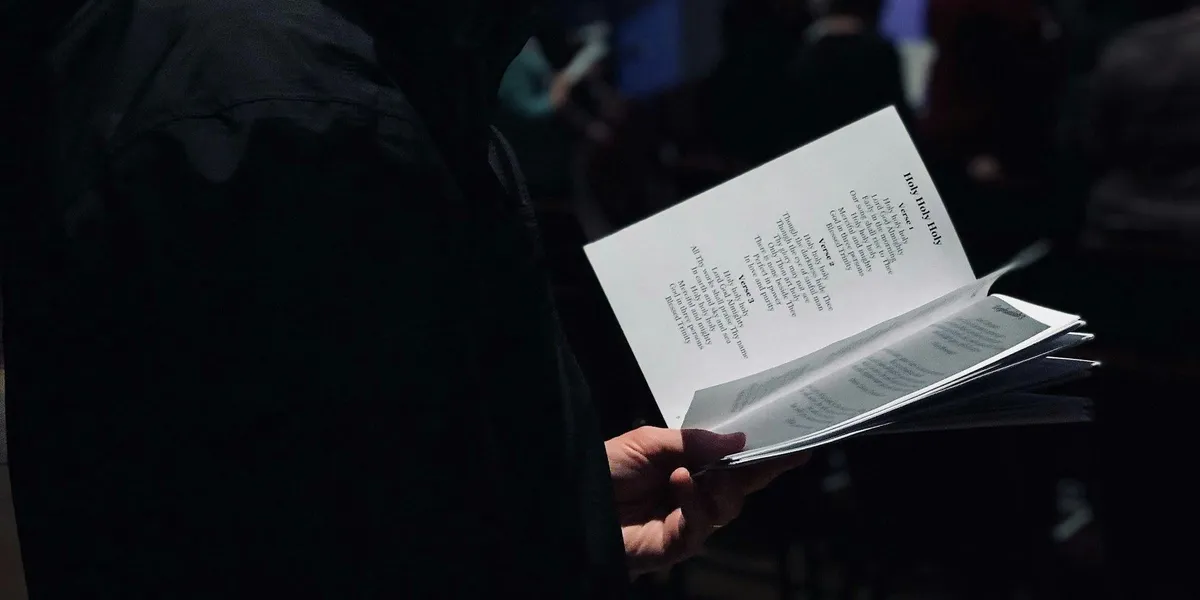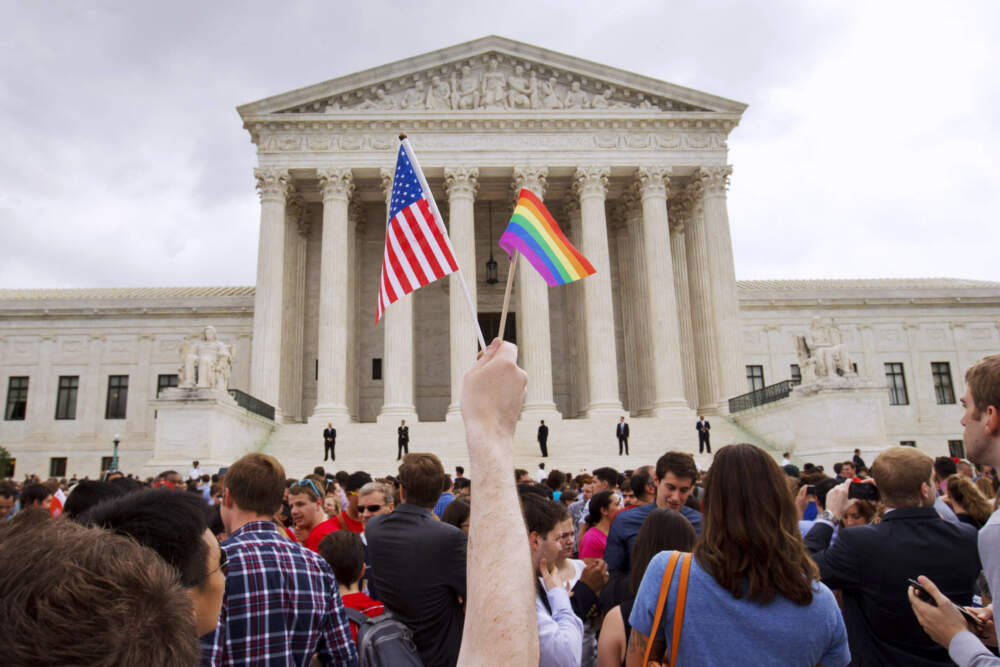Beijing Cracks Down: Foreign Religious Practices Face Unprecedented Scrutiny
Religion
2025-04-08 08:44:16Content
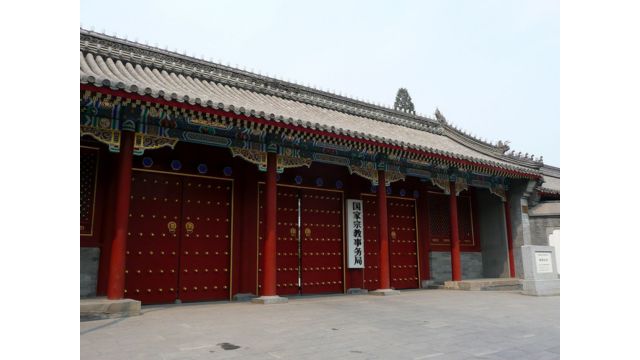
In a significant development for religious policy, the State Administration for Religious Affairs has unveiled Order no. 23, a stringent new regulation that promises to reshape the landscape of religious practices. Released on April 1st, this comprehensive directive introduces more restrictive guidelines that demand careful attention from religious communities and observers.
Our team has carefully analyzed the new order, providing a concise commentary and translation to help readers understand its nuanced implications. The latest regulation represents a notable shift in how religious activities will be monitored and managed, signaling a more controlled approach to religious expression.
By examining the details of Order no. 23, we aim to shed light on the potential impacts and underlying motivations behind these new restrictions. The order reflects the government's ongoing efforts to maintain a structured and regulated religious environment, with potentially far-reaching consequences for religious institutions and practitioners.
Stay tuned for our in-depth analysis and translation, which will offer a comprehensive breakdown of this important new religious policy directive.
Religious Freedom Under Siege: China's Latest Crackdown on Faith Revealed
In the intricate landscape of religious regulation, China continues to tighten its grip on spiritual practices, unveiling a new administrative order that sends shockwaves through religious communities. The State Administration for Religious Affairs has once again demonstrated its unwavering commitment to controlling and monitoring religious expression, raising serious concerns about individual freedoms and cultural diversity.Unprecedented Restrictions Threaten Religious Autonomy and Personal Beliefs
The Evolving Landscape of Religious Regulation in China
The Chinese government's approach to religious management has long been characterized by stringent control and systematic oversight. Order No. 23 represents a significant escalation in this ongoing strategy, introducing more comprehensive and invasive mechanisms for monitoring religious activities. Unlike previous regulations, this new order goes beyond mere administrative oversight, delving deep into the intricate fabric of religious practice and personal belief systems. Experts argue that the order reflects a broader governmental strategy to align religious practices with state ideology. The comprehensive nature of these regulations suggests a multifaceted approach to controlling spiritual expression, targeting not just organized religious institutions but also individual practitioners. By implementing such detailed and restrictive guidelines, the government seeks to create a uniform narrative that prioritizes state interests over personal spiritual freedoms.Decoding the Mechanisms of Control in Order No. 23
The new administrative order introduces unprecedented levels of scrutiny and intervention in religious affairs. Each provision appears meticulously crafted to limit the autonomy of religious communities, creating a complex web of regulatory constraints that touch every aspect of spiritual practice. From registration requirements to operational guidelines, the order leaves virtually no room for independent religious expression. Legal scholars have noted the order's particularly invasive nature, highlighting mechanisms that go far beyond traditional administrative oversight. The regulations seem designed to create a comprehensive surveillance framework, enabling authorities to monitor, document, and potentially restrict religious activities with unprecedented precision. This approach represents a significant departure from previous regulatory models, signaling a more aggressive stance towards religious diversity.Implications for Religious Communities and Individual Practitioners
The ramifications of Order No. 23 extend far beyond bureaucratic paperwork, fundamentally challenging the very essence of religious freedom. Religious communities now face an increasingly hostile regulatory environment that demands complete transparency and alignment with state narratives. Individual practitioners find themselves navigating a treacherous landscape where personal spiritual beliefs are constantly under scrutiny. Anthropological research suggests that such stringent regulations can lead to profound psychological and social transformations. Religious communities may be forced to adapt, potentially compromising core theological principles to maintain their legal status. The long-term cultural implications of such systematic suppression remain complex and multifaceted, raising critical questions about the preservation of spiritual diversity.International Response and Human Rights Considerations
The international community has begun to take notice of China's increasingly restrictive religious policies. Human rights organizations are closely examining Order No. 23, preparing comprehensive reports that highlight the potential violations of fundamental freedoms. Diplomatic channels are likely to engage in nuanced discussions about the broader implications of these regulatory frameworks. Geopolitical analysts suggest that such regulations might have unintended consequences, potentially creating underground religious movements and increasing international criticism. The delicate balance between state control and individual freedom remains a critical point of tension, with each new regulation testing the boundaries of acceptable governmental intervention.RELATED NEWS
Religion
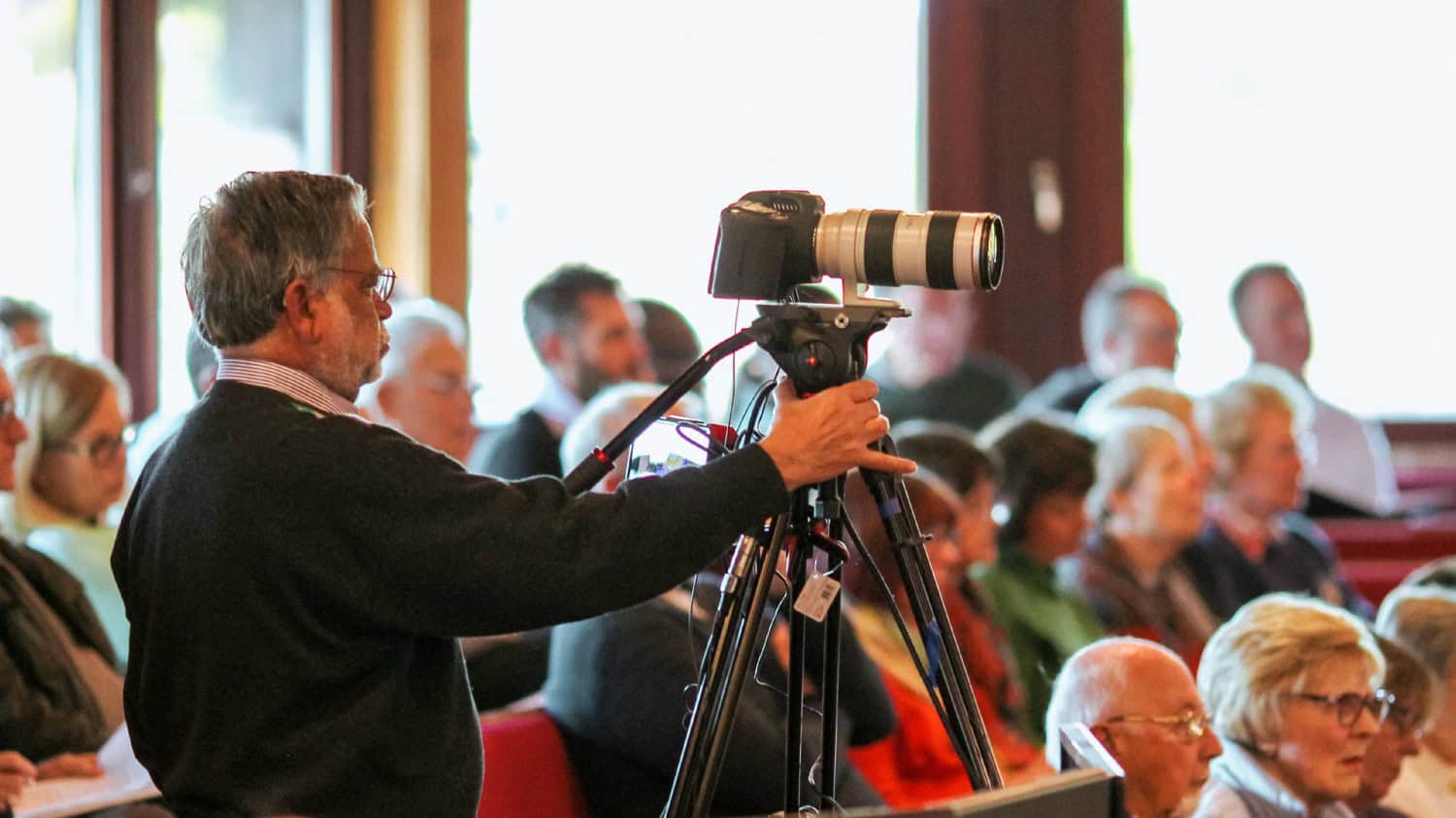
Faith in Focus: Global Spiritual Trends Reshaping Communities on March 28
2025-03-27 23:55:50
Religion
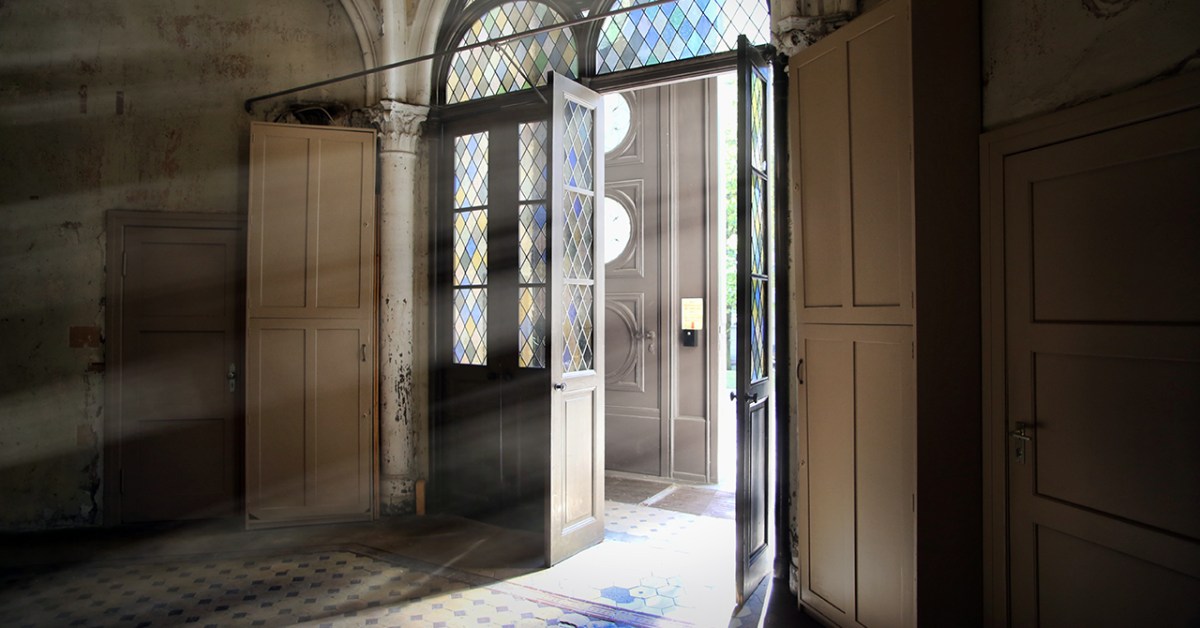
Spiritual Crossroads: The Surprising Dynamics of Hindu Religious Conversion
2025-03-26 13:53:53


